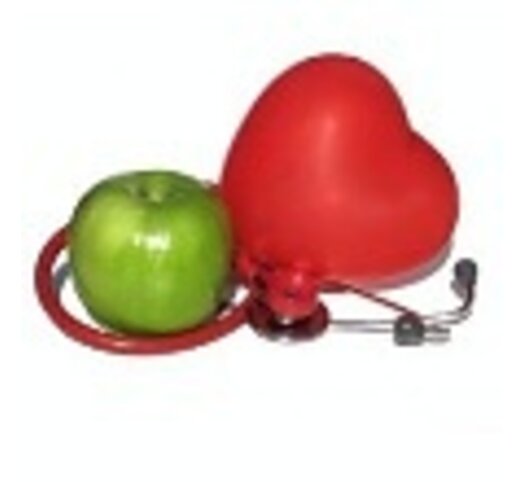Basic Heart Health Panel
This test is used to estimate the risk of cardiovascular disease. The following tests are performed: cholesterol, HDL cholesterol, triglycerides, LDL cholesterol and hs-CRP.
- Cholesterol - Leading cause of cardiovascular disease
- Split into HDL and LDL-cholesterol - Cholesterol consist of good (HDL) and bad (LDL) cholesterol
- Triglycerides - Measures the fat content absorbed in the body
- Hs-CRP - Helps predict the risk of developing cardiovascular disease in apparently healthy individuals
Cholesterol
Cholesterol plays an important role in the body in building tissues and organs and in the production of certain hormones and bile acids. A small portion of all cholesterol is present in the blood in the form of fat particles, known as lipoproteins.
A desirable cholesterol level is 5.0 mmol/l or lower. At this level, the risk of cardiovascular disease is not increased.
With a cholesterol level between 5.0 and 6.5 mmol/l, the risk is slightly increased.
A cholesterol level above 6.5 mmol/l significantly raises the risk of cardiovascular disease.
Based on a lipid profile and other tests, the cause of elevated cholesterol can be further investigated.
HDL- and LDL cholesterol
Cholesterol is produced in the liver. About 70–80% of LDL is absorbed by the liver, adrenal glands, and the gonads (testes and ovaries).
LDL that remains in the bloodstream can be absorbed by cells that contribute to the fatty buildup on arterial walls.
LDL cholesterol is also known as "bad" cholesterol, as excessive LDL increases the risk of heart attack.
HDL is responsible for transporting "excess" cholesterol from the cells back to the liver (reverse cholesterol transport).
HDL is formed in the liver and then enters the bloodstream, where it collects cholesterol from cells.
In the liver, cholesterol is removed from HDL. From there, cholesterol can be excreted from the body via bile.
HDL is also known as "good" cholesterol, because higher HDL levels are associated with a reduced incidence of cardiovascular disease.
However, the role of HDL is more complex, as it is also involved in inflammation, infections, and other processes.
Cholesterol ratio
In general, you can remember the 3-4-5 rule: LDL cholesterol should be lower than 3 mmol/l, the cholesterol ratio (total cholesterol divided by HDL) should be under 4, and total cholesterol should be below 5 mmol/l.
Triglycerides
This test measures the amount of triglycerides in the blood. Triglycerides are the body's main fat storage and are mostly stored in fat tissue. A portion circulates in the blood to provide fuel for muscles.
After a meal, blood contains more triglycerides, as they are transported from the intestines (from food absorption) to fat tissue (for storage).
Therefore, triglyceride testing should only be done if no meal has been consumed shortly beforehand.
Hs-CRP
Used to predict whether apparently healthy individuals are at increased risk of cardiovascular disease.
As a test for cardiovascular risk, a more sensitive version of the CRP test is used: hs-CRP (hs = high sensitivity). hs-CRP (hs = high sensitive).
In addition to the standard CRP test, there is an ultra-sensitive version available: hs-CRP (high sensitivity C-reactive protein), which can detect very low-grade inflammatory responses.
Recent studies have shown that hs-CRP, especially when combined with total cholesterol and HDL cholesterol measurements, is a strong predictor of future coronary events in seemingly healthy individuals.
This research was conducted because it is suspected that low-grade chronic inflammation plays an important role in the development of atherosclerosis.
Note: In addition to the tests mentioned above, many other factors can increase the risk of cardiovascular disease, such as smoking, obesity, alcohol consumption, heredity, lack of physical activity, etc







